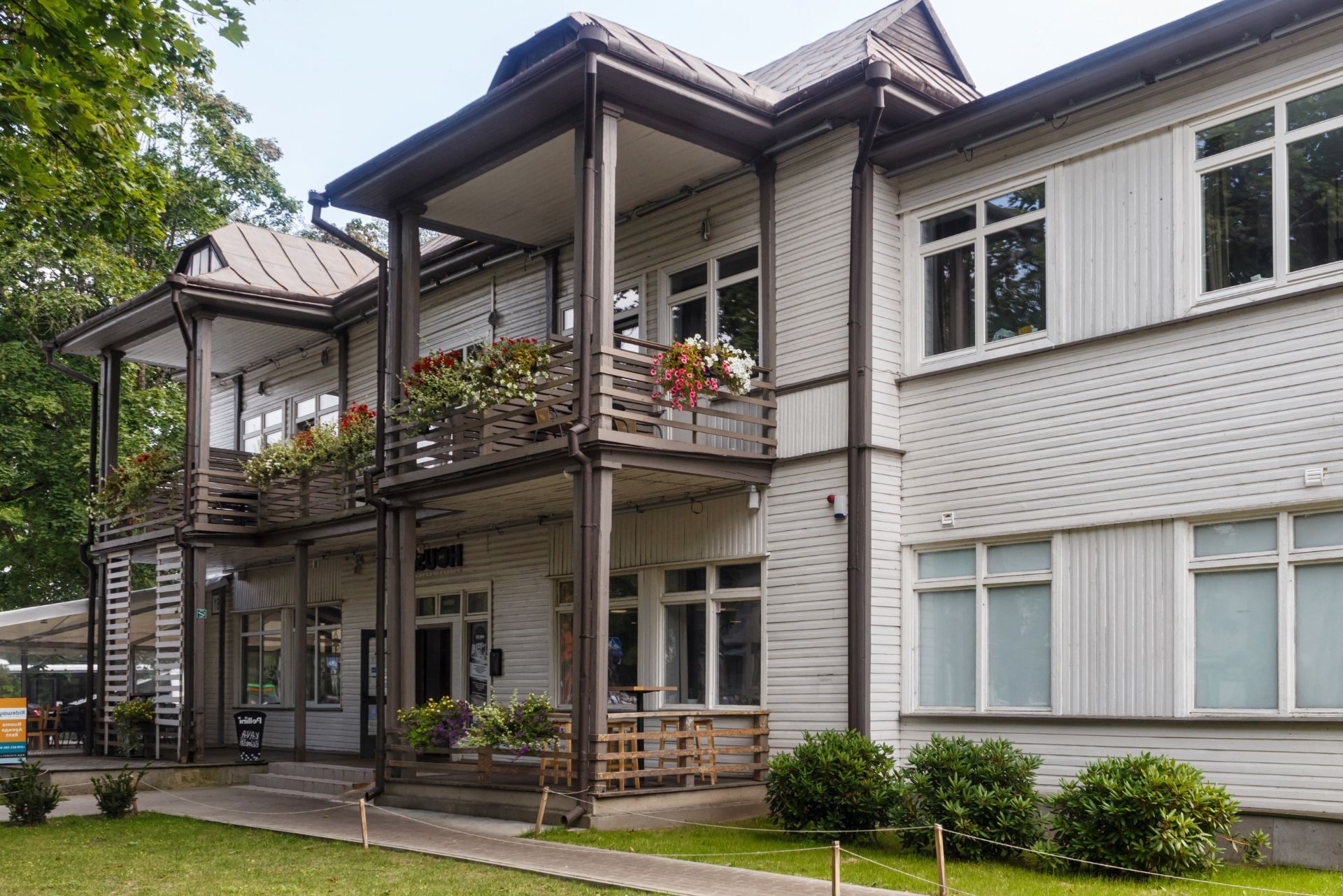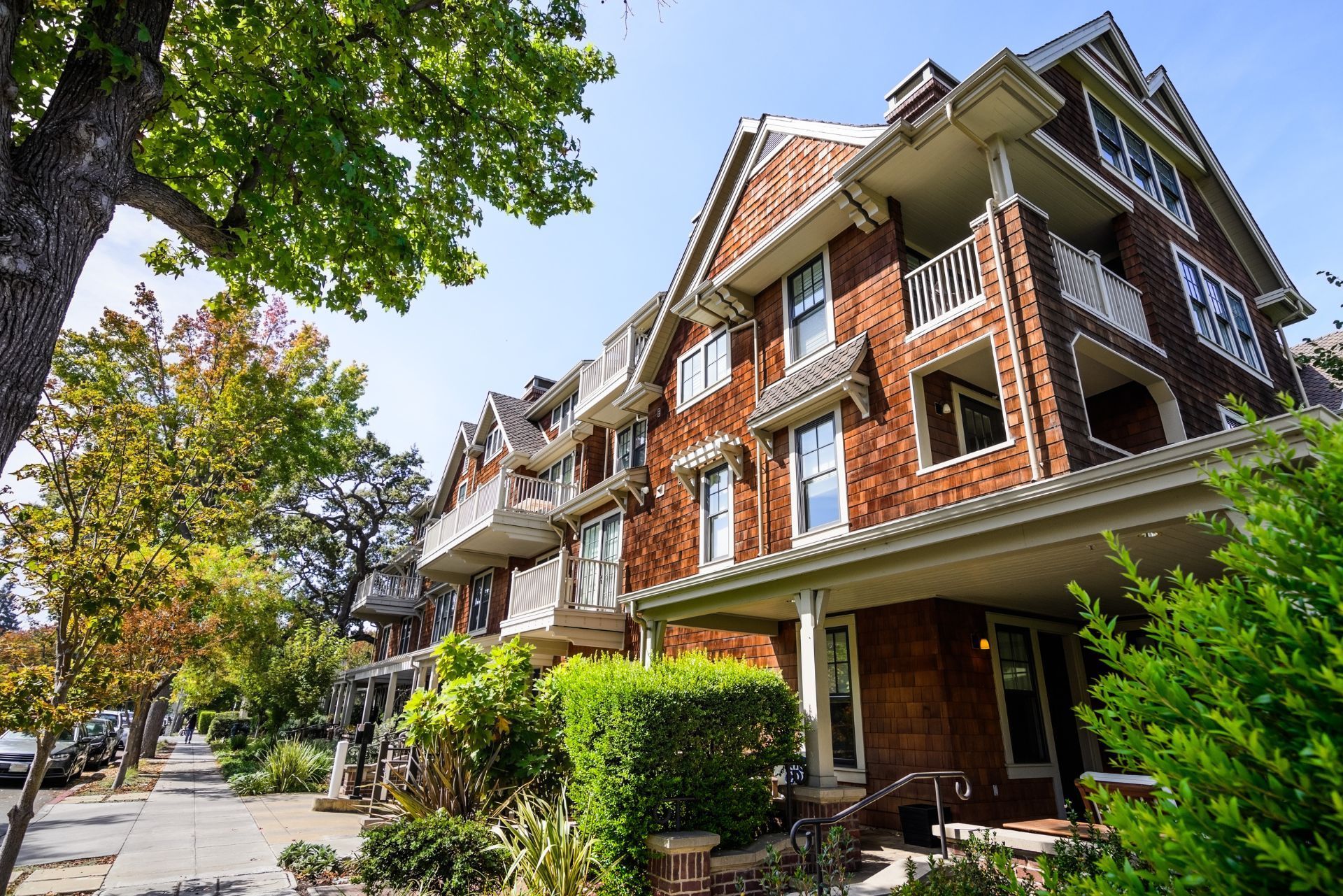Minnesota Triplex Property Insurance

See How We're Different
or call us: (763) 242-1668
Common Business Insurance Policies
By: Matt Larsen
Owner of Capstone Insurance Group & Restaurant Insurance Advisor
763-242-1668
Index
Understanding the Rising Insurance Premiums in Minnesota
Why Are Insurance Costs So High for Minnesota Triplex Properties?
How Rising Insurance Costs Affect Triplex Property Owners
Tips for Managing Triplex Property Insurance in Minnesota
Looking Ahead: The Future of Triplex Property Insurance in Minnesota
Contact Us
Owning a triplex property in Minnesota can be a lucrative investment, offering multiple rental incomes and a foothold in the state’s real estate market. However, one of the most critical aspects of managing such a property is securing the right insurance coverage. In recent years, Minnesota homeowners, including triplex owners, have faced significant increases in property insurance premiums, making it essential to understand the landscape of insurance costs, coverage options, and market challenges. This article provides a comprehensive guide to Minnesota triplex property insurance, helping owners navigate rising costs and make informed decisions.
According to the
Federal Reserve Bank of Minneapolis, property insurance premiums in Minnesota have surged by 39% over the past seven years, with a notable 15% increase in 2023 alone. These rising costs are reshaping how property owners approach insurance and risk management.
Understanding the Rising Insurance Premiums in Minnesota
The dramatic rise in property insurance premiums in Minnesota is driven by several factors, including increased frequency and severity of natural disasters, higher claims payouts, and shifts within the insurance industry itself. For triplex owners, these changes translate into higher annual costs and more scrutiny when applying for coverage.
One of the most significant contributors to rising premiums is the increase in storm-related claims. In 2023, a single storm caused approximately $1 billion in claimed losses across the Twin Cities and central Minnesota, putting enormous pressure on insurers to raise rates to cover these payouts. The Insurance Federation of Minnesota reported that insurers paid out $1.92 in claims for every $1 collected in premiums in 2022, a financial imbalance that has forced widespread rate hikes.
Impact on Triplex and Multifamily Property Owners
Triplex properties, often categorized under multifamily housing, have been particularly affected by these insurance market shifts. A survey conducted by the Federal Reserve Bank of Minneapolis found that owners of multifamily properties in Minnesota and Montana, managing over 44,000 units, experienced significant increases in both premiums and deductibles. This trend reflects the heightened risk profile insurers associate with these types of properties.
Moreover, apartment owners in the Upper Midwest saw their annual premiums rise by an average of 45% from 2023 to 2024, underscoring the rapid escalation of insurance costs in the region. These increases can strain the financial viability of triplex investments, especially for landlords balancing operational expenses and tenant affordability. Many property owners are now forced to reassess their insurance coverage options, with some considering higher deductibles or even self-insurance to mitigate costs. This shift not only impacts their financial planning but also raises concerns about the adequacy of coverage in the event of a significant loss.
Additionally, the rising premiums have prompted many triplex owners to explore alternative risk management strategies. Some are investing in property improvements, such as enhanced storm-resistant features and better drainage systems, to reduce the likelihood of damage during severe weather events. Others are collaborating with local governments and community organizations to advocate for better infrastructure and emergency response systems, aiming to lessen the overall risk profile of their properties. As the insurance landscape continues to evolve, these proactive measures may become essential for maintaining profitability and ensuring tenant safety in an increasingly unpredictable climate.

Why Are Insurance Costs So High for Minnesota Triplex Properties?
Several intertwined factors contribute to the high insurance costs for triplex properties in Minnesota. Understanding these can help owners anticipate changes and explore strategies to mitigate expenses.
Natural Disasters and Weather-Related Risks
Minnesota’s climate exposes properties to a variety of weather risks, including severe storms, hail, flooding, and wildfires. The increasing frequency and severity of these events have led to more frequent and costly insurance claims. For example, in 2023, Minnesota experienced a storm that resulted in nearly $1 billion in claims, a figure that dramatically impacts insurer risk assessments and premium calculations.
Triplex properties, often older buildings or located in dense residential areas, may be more vulnerable to damage, which insurers factor into their pricing models. Additionally, the geographical location of these properties can exacerbate risks; for instance, those situated near lakes or rivers may face heightened flood exposure, while properties in wooded areas could be at risk for wildfires. As climate change continues to alter weather patterns, these risks are expected to evolve, further complicating the insurance landscape for property owners.
Industry Loss Ratios and Market Adjustments
Insurance companies use loss ratios—the ratio of claims paid out to premiums collected—to determine profitability. The Insurance Federation of Minnesota highlighted that in 2022, insurers paid out nearly double what they collected in premiums, a situation that is unsustainable and has led to substantial rate increases.
These market adjustments are particularly acute in multifamily housing sectors, including triplexes, where claims frequency and severity have risen. As a result, insurers are tightening underwriting guidelines and increasing premiums to manage their risk exposure. Furthermore, the competitive landscape of the insurance market means that companies are also reacting to the financial pressures of their peers, leading to a cascading effect of rate hikes across the board. This environment makes it increasingly challenging for property owners to find affordable coverage without sacrificing necessary protections.
Challenges with Homeowner Associations and Condominium Insurance
For triplex properties that are part of homeowner associations (HOAs) or condominium communities, insurance costs can be even more volatile. In 2024, some Minnesota HOA-managed condominiums and townhouses saw insurance rates surge by as much as 400%. While triplexes are not always part of HOAs, those that are may experience similar spikes, complicating budgeting and financial planning.
Moreover, the dynamics within HOAs can influence insurance costs significantly. For instance, if a community experiences a high number of claims due to shared amenities or common areas, it can lead to increased premiums for all members. This collective risk can create a burden for triplex owners who may be financially responsible for their share of the HOA's insurance costs, regardless of their individual property’s claims history. Additionally, the lack of transparency in how HOAs manage their insurance policies can leave property owners feeling uncertain about their coverage, further complicating their financial landscape.
How Rising Insurance Costs Affect Triplex Property Owners
The escalating cost of insurance has broad implications for triplex owners, from operational challenges to impacts on financing and development.
Financial Strain and Rent Affordability
Higher insurance premiums increase the overall cost of owning and managing triplex properties. Landlords may face difficult choices about whether to absorb these costs or pass them on to tenants through rent increases. This dynamic can affect rent affordability and tenant retention, especially in markets where affordable housing is already in short supply.
Experts from the Federal Reserve Bank of Minneapolis have noted that “the increasing cost of insurance is starting to impact decisions regarding new developments for affordable housing,” highlighting the broader economic ripple effects. As triplex owners grapple with these financial pressures, they may also find themselves needing to make tough decisions about property maintenance and upgrades. With less financial flexibility, some landlords might defer essential repairs or improvements, which can lead to a decline in property value and tenant satisfaction over time.
Challenges in Securing Financing and Lending
Insurance plays a critical role in property financing. Lenders typically require adequate insurance coverage as a condition for mortgage approval. However, with some buildings becoming “somewhat uninsurable” due to high risks and premium costs, obtaining loans has become increasingly difficult. This issue was described as a national crisis by industry experts, emphasizing the severity of the problem for multifamily housing owners.
Triplex owners may find that rising insurance costs and limited coverage options restrict their ability to refinance or expand their investments. This situation can lead to a stagnation in property development, as potential investors may hesitate to enter a market fraught with such uncertainties. Furthermore, the ripple effects can extend to local economies, as the lack of new developments can stifle job creation and reduce the availability of housing options, further exacerbating the affordability crisis. As triplex owners navigate these challenges, they may also need to explore alternative insurance solutions or risk management strategies to mitigate costs and ensure their properties remain viable in an increasingly complex market.
Tips for Managing Triplex Property Insurance in Minnesota
While rising insurance premiums present challenges, triplex owners can take proactive steps to manage costs and ensure adequate coverage.
Shop Around and Compare Policies
Insurance rates and coverage options can vary significantly between providers. It’s essential to obtain multiple quotes and compare not just premiums but also deductibles, coverage limits, and exclusions. Working with an insurance broker who understands the multifamily housing market can help identify the best options tailored to triplex properties. Additionally, consider looking into insurers that specialize in rental properties, as they may offer unique coverage options that standard providers do not. Engaging with local property owner associations can also provide insights into which companies have a good reputation for service and claims handling.
Invest in Risk Mitigation Measures
Reducing the risk of damage can lead to lower premiums. Installing storm-resistant windows, updating roofing materials, maintaining proper drainage systems, and implementing fire prevention measures are examples of improvements that insurers may reward with discounts or more favorable terms. Furthermore, installing security systems, such as cameras and alarm systems, can deter theft and vandalism, which are common concerns for triplex owners. Regular property inspections and maintenance not only ensure tenant safety but also demonstrate to insurers that the property is well cared for, potentially leading to lower insurance costs.
Review and Update Coverage Regularly
As property values and local risks change, so should insurance coverage. Regularly reviewing policies ensures that triplex owners are neither underinsured nor paying for unnecessary coverage. Adjusting deductibles or bundling policies with other insurance products might also yield savings. Additionally, staying informed about local regulations and changes in the housing market can help owners anticipate necessary adjustments to their coverage. For instance, if a new flood zone is designated in the area, triplex owners may need to consider additional flood insurance to protect their investment adequately.
Understand the Impact of Deductibles and Premiums
Some triplex owners may consider increasing their deductibles to lower premium costs. However, this approach requires careful budgeting to ensure that funds are available to cover higher out-of-pocket expenses in the event of a claim. Balancing deductible levels with premium affordability is key to effective risk management. It's also important to evaluate the potential financial impact of different deductible amounts during various types of claims, as some situations may be more costly than anticipated. Consulting with a financial advisor can provide clarity on how to best allocate resources for insurance and other property-related expenses.
Looking Ahead: The Future of Triplex Property Insurance in Minnesota
The property insurance market in Minnesota is likely to remain dynamic as insurers adapt to evolving risks and economic pressures. For triplex owners, staying informed and engaged with market trends will be critical.
Industry experts and reports suggest that without significant changes to risk mitigation strategies and insurance underwriting, premiums may continue to rise. This outlook underscores the importance of proactive property maintenance, risk reduction, and strategic insurance shopping.
Additionally, policymakers and housing advocates are increasingly aware of the challenges posed by rising insurance costs, especially for affordable and multifamily housing. Efforts to stabilize the market and support property owners could emerge, potentially easing some of the current pressures.
For those interested in detailed insights, the Federal Reserve Bank of Minneapolis provides ongoing research and analysis on how insurance costs impact multifamily housing in the region.
In addition to the financial implications, triplex owners must also consider the evolving landscape of tenant expectations and regulatory requirements. As more individuals seek rental properties that offer sustainability and eco-friendliness, property owners may find themselves needing to invest in energy-efficient upgrades. These enhancements not only appeal to environmentally conscious renters but can also lead to lower insurance premiums over time, as insurers often reward properties that demonstrate reduced risk through improved safety and sustainability measures.
Furthermore, the rise of technology in property management cannot be overlooked. Smart home devices, security systems, and comprehensive property management software are becoming increasingly popular among landlords. These tools not only enhance tenant satisfaction but also provide valuable data that can help owners negotiate better insurance rates. By demonstrating a commitment to safety and efficiency, triplex owners can position themselves favorably in a competitive market, ultimately benefiting both their bottom line and their tenants' living experience.

Conclusion
Insurance for triplex properties in Minnesota has become increasingly complex and costly due to a combination of natural disasters, industry losses, and market shifts. Understanding these factors is essential for triplex owners to protect their investments effectively. By staying informed, comparing policies, investing in risk mitigation, and planning for higher costs, owners can navigate the challenges of the current insurance environment.
As the market continues to evolve, keeping abreast of industry developments and leveraging expert resources will be key to maintaining sustainable and profitable triplex property ownership in Minnesota.
For further information on recent insurance trends and challenges, visit the
Finance & Commerce report on rising insurance costs, which highlights the real-world impact on property owners and the broader housing market.





